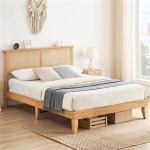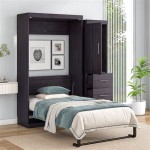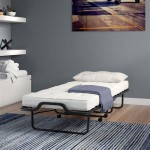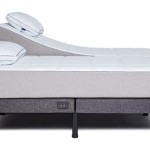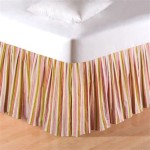Japanese Queen Bed Size
The term "Japanese Queen bed size" can be somewhat misleading, as Japan utilizes a distinct bedding size system compared to Western standards. While "Queen" signifies a specific dimension in countries like the United States, no direct equivalent exists within the traditional Japanese bedding market. Understanding this difference is crucial for consumers seeking bedding solutions reflective of Japanese aesthetics or catering to specific space constraints often found in Japanese homes.
Japanese bedding sizes tend to be smaller overall than their Western counterparts. This originates from historical and cultural factors, including smaller living spaces and traditional sleeping arrangements on futons placed directly on the floor. While Western-style beds have gained popularity, the influence of these historical factors remains apparent in the dimensions commonly available.
Instead of using designations like "Twin," "Full," "Queen," or "King," Japanese bed sizes are often described in centimeters. A common size frequently mistaken for a "Japanese Queen" is the "Double" size, which typically measures 140 cm x 190 cm. This is smaller than a standard US Queen (152 cm x 203 cm) and closer in dimensions to a US Full (137 cm x 190 cm) or even a slightly widened Twin XL (99-107 cm x 203 cm). The slightly narrower width and shorter length can present challenges for those accustomed to larger Western beds.
Adding to the complexity, various retailers and manufacturers may use differing terminology, sometimes labeling slightly larger sizes as "Queen" or even "Wide Double." These sizes might range from 150 cm x 200 cm to 170 cm x 200 cm. Consumers are advised to carefully check the specific dimensions provided by the seller, rather than relying solely on the name designation. It is essential to avoid assumptions based on familiar Western terminology.
The prevalence of semi-double beds (120 cm x 190 cm) also contributes to the confusion surrounding the concept of a "Japanese Queen." This size is significantly smaller than even a US Full bed. These semi-double beds are popular in Japan due to space considerations and can sometimes be mistakenly advertised as larger sizes in international markets. Careful due diligence is recommended to ensure accurate sizing.
Beyond size designations, Japanese bedding also differs in other respects. Futons, traditionally filled with cotton or wool, remain a popular choice, even for those using Western-style bed frames. These futons are often thinner and firmer than Western mattresses. Additionally, Japanese bed linens are designed to accommodate the dimensions of these futons and may not fit standard Western mattresses properly.
When searching for "Japanese Queen" bedding, consumers are advised to consider several key factors. First, clarify the specific dimensions required. Measure existing bedding or the bed frame to ensure compatibility. Second, research the materials and construction. Determine whether a traditional futon or a Western-style mattress is preferred. Third, pay close attention to seller descriptions and reviews. Look for specific measurements and avoid relying solely on ambiguous labeling.
The growing popularity of Japanese design aesthetics has led to increased interest in Japanese-style bedding. However, the lack of standardized international sizing conventions can create confusion. By understanding the nuances of Japanese bedding dimensions and focusing on precise measurements, consumers can make informed decisions and select bedding that fits their needs and space appropriately.
It is also worthwhile considering the height of the bed frame. Traditionally, Japanese beds are lower to the ground, reflecting the custom of sleeping on floor-level futons. Even with the adoption of Western-style beds, this preference for lower bed frames often persists. This lower height influences bedding choices and should be taken into account when purchasing sheets and comforters.
Finally, the use of tatami mats in traditional Japanese bedrooms also impacts bedding choices. These mats provide a firm, level surface for futons and influence the overall feel and functionality of the bedding. While less common in Western homes, understanding the role of tatami mats can provide context for the design and dimensions of Japanese bedding.
In conclusion, while the term "Japanese Queen" lacks a precise definition, understanding the context of Japanese bedding sizes and conducting thorough research empowers consumers to navigate the market effectively and find bedding solutions that align with their requirements, whether prioritizing space efficiency, embracing traditional Japanese aesthetics, or seeking a specific level of comfort.

Guide To Mattress Sizes Sg Jp

Futon Sizes Tokyo

Japanese Apartment Size Guide With Diagrams Apts Jp
Type Of Bed And Bedding In Japan

Japanese Bed Sizes And Features The Home Archi Designer Japan

Futon Sizes Tokyo

Japanese Bed Sizes And Features The Home Archi Designer Japan

Waregem Japanese Bed Frame Tatami 2 Sizes Queen King Option Mattress Table Singaporehomefurniture

Leuven Japanese Bed Frame Tatami Solid Wood Engineered 3 Sizes Small Double Queen King Option Mattress Table Singaporehomefurniture

Guide To Mattress Sizes Sg Jp
